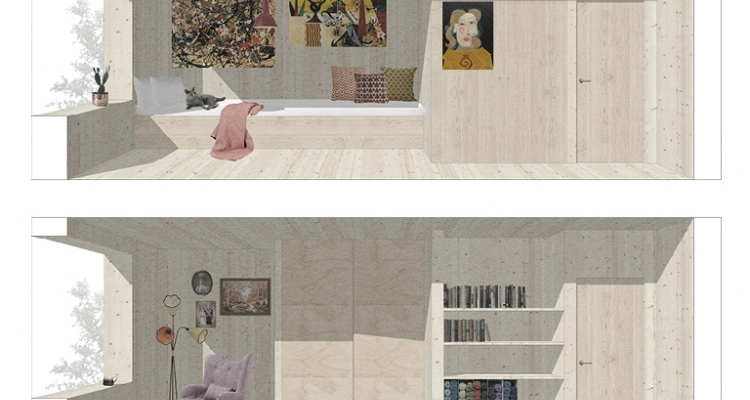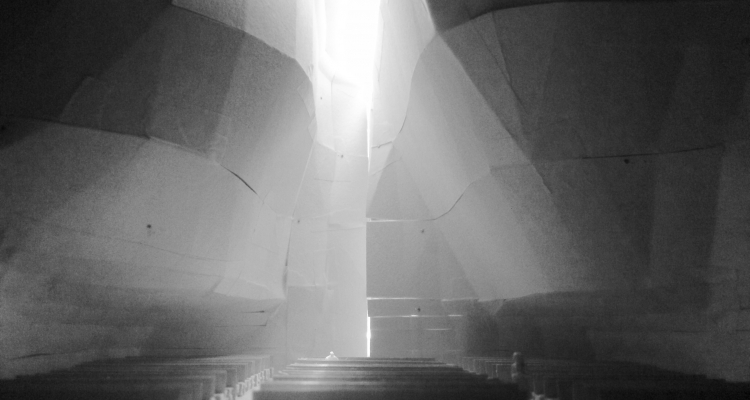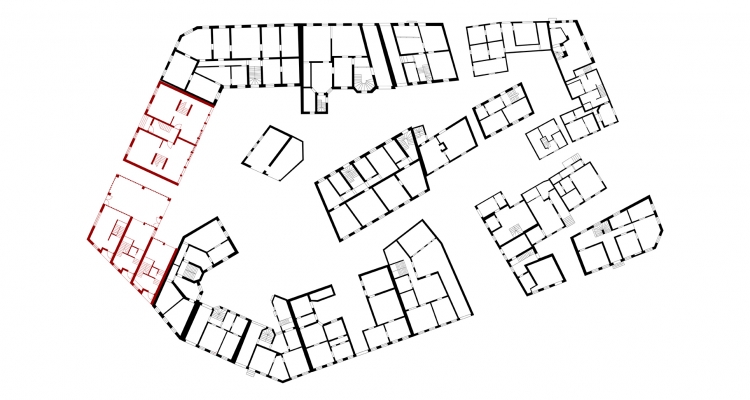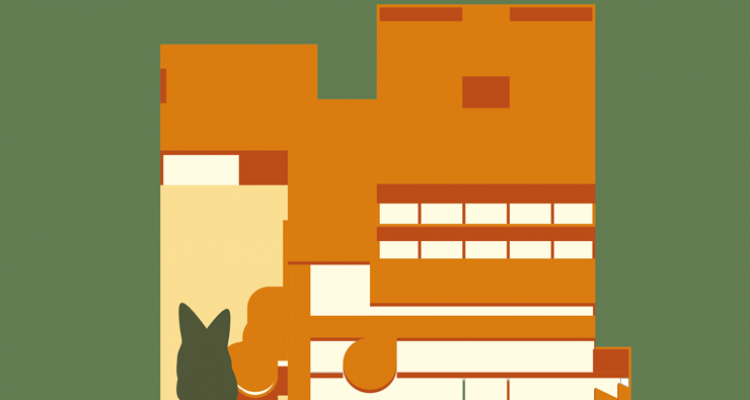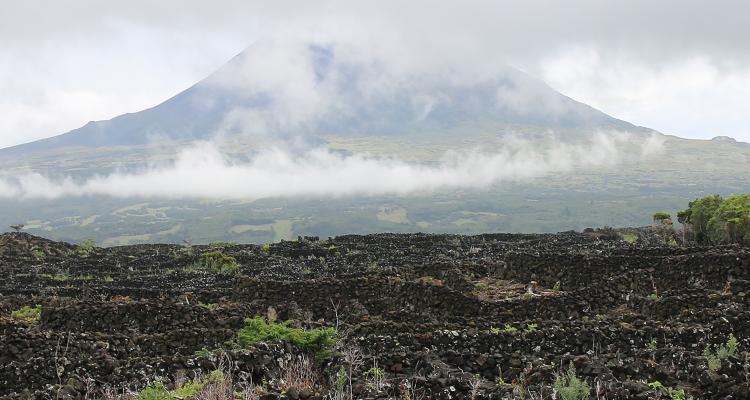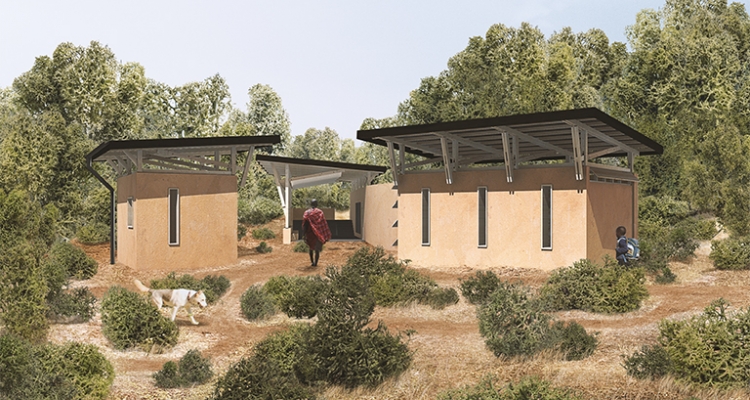This diploma seeks to explore the potential to preserve and re-use existing barn structures through minimal architectural interventions. The barns all over the Norwegian countryside reveal a rich agricultural and historical heritage. Sadly, the rate of decay in both used and abandoned barns is increasing, due to costs of maintenance and preservation.
Diploma project
Approximately 4000 children are in need of palliative treatment for incurable diseases in Norway at all times. As of today we have no hospice for children, which implies that the pediatric ward in most cases becomes their last home. A hospice is a place for these children and their families to stay until the child passes, that provides physical, psychological, social, spiritual and existential support.
The project creates a complex and different theatre experience. Functions that usually are hidden in traditional theatres such as workshops for theatre production are exposed.
By transforming the existing industry elements to theatre stages and adding new structures for theatre productions, we create a theatre park. The project connects the surrounding context by making a public waterfront and creates a border to the park.
By transforming the existing industry elements to theatre stages and adding new structures for theatre productions, we create a theatre park. The project connects the surrounding context by making a public waterfront and creates a border to the park.
Continuing a nearly thousand-year-old local ecclesiastic history, and responding to the 2016 architectural competition for a new church building for the very active congregation in Ulsteinvik, my project establishes a connection between the church and the other cornerstone of this coastal community, namely the shipyard industry, lending the church a stronger presence in everyday life.
Oslo is in growth, with a need for an increase in new dwellings. There is potential for densification of central areas by utilizing empty or low density sites. Through studying the overall structure and the elements the environment is built from, a new interpretation can be made and result in architecture rooted in place and a coherent development of the area.
My project is about defusing and humanizing a large potentially scary programme through splitting it up in fragments, and separating the various functions. Proton therapy is an advanced form of radiotherapy used for treating cancer. The technical equipment required for proton therapy is huge, with big machinery and massive walls. The site is at Ullevåll hospital in Oslo, next to the existing cancer centre, and close to the patient hotel, and it is thus able to utilize existing functions.
Pico island, Azores, is characterised by its mountain, ocean, and thousands of long, linear stone walls giving shelter to the vine plants. The site, situated on a rocky hillside surrounded by vineyards, offers close and distant views to the characteristic landscape.
The winery is built as parallel stone walls giving protection against the sun. Some spaces are underground to keep temperatures stable and stones from the excavation are used in the construction. The walls give shelter to the wine, the workers and the visitors, and weaves the building into the landscape.
Cultivating Oyster mushrooms requires specific climatic zones, which include dark and humid spaces, well-ventilated growing halls and spaces facilitating an efficient production line. Situated in relation to the educational center our ambition is to provide spaces where the students can interact with and learn from the farm. The size of the mushroom farm is relatively small in scale with the possibility for future expansion. The intention is for the farm to provide a substantial economic contribution to the school.
There are three main focuses in this diploma task: 1, The image of the church an how to differ from it. 2, To design a beautiful building. 3, To be specific in the details
Principles for my diploma have been to integrate the program in the center of Ås Municipality, a 400m2 limit on the size of the building and the use of brick as the main material.

Principles for my diploma have been to integrate the program in the center of Ås Municipality, a 400m2 limit on the size of the building and the use of brick as the main material.




